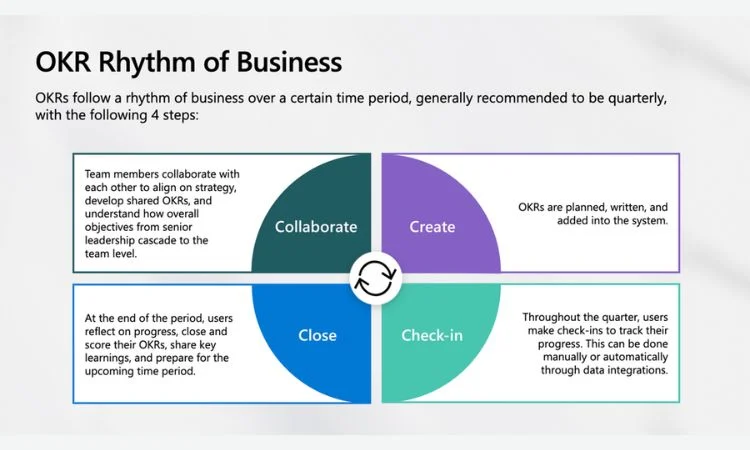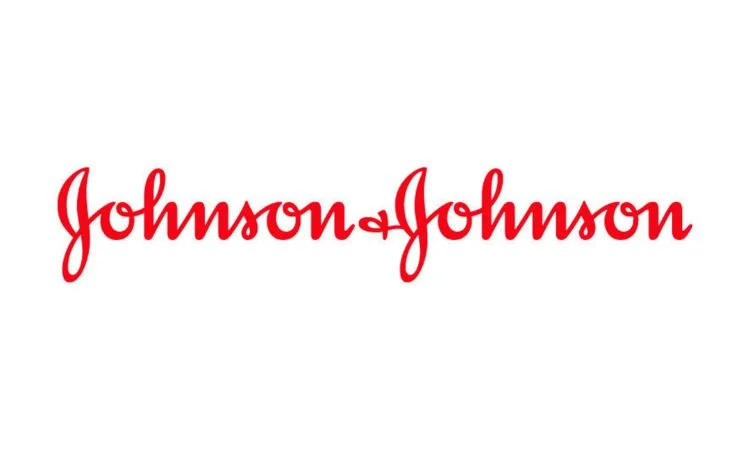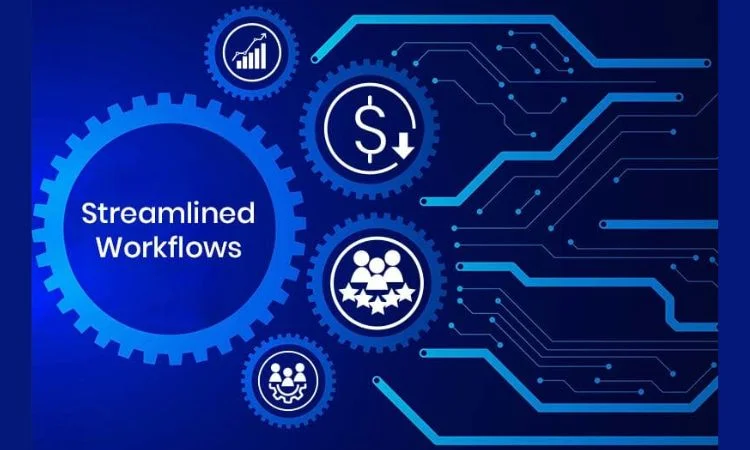Productivity is about the effectiveness of the employee in executing his task and contributing toward the objectives and success of an organization. Productivity refers not only to the quantity of output but also to quality, which is equally imperative. A productive employee will complete the work on time and get a high-quality output that meets or exceeds expectations.
What is Employee Productivity?
Employee productivity is a manner in which performance at work is conducted by an individual or a group of workers to achieve the set objectives within a certain period. Usually, it is measured by comparing the output quantity to the input amount. Normally, organizations record employees’ productivity and strive to enhance aggregate productivity by using various techniques such as training, setting targets, process improvement, and maintaining a better work environment.
Why Is Enhancing Employee Productivity Important?
In today’s highly competitive business environment, productivity is one of the key differentiators. Productive employees add to superior economic performance by maximizing output for given resources. Higher productivity means higher revenues, more profitability, and greater ROI. It will also mean companies can achieve more with less and optimize labor costs while increasing their profit margins.
Productive employees meet customer needs promptly and effectively. Therefore, it leads to customer satisfaction or loyalty, which is crucial for long-term success. The satisfied customer is liable to return and recommend the company to others for growth.
Increased productivity allows businesses to expand without heavily increasing their workforce or other inputs, which otherwise may impede the long-term sustainability of such growth.
Table of Contents
| S. No. | Best Practices for enhancing employee productivity |
| 1. | Provide a Favorable Work Atmosphere |
| 2. | Flexible Work Engagements |
| 3. | Set Clear Goals and Expectations |
| 4. | Investment in Employee development |
| 5. | Engagement in collaboration and teamwork |
| 6. | Provide the Right Tools and Technology |
| 7. | Give Feedback and Recognition Routinely |
| 8. | Support Worklife Balance |
| 9. | Empower Employees with Autonomy |
| 10. | Take Care of Workers’ Wellbeing |
| 11. | Streamline Processes and Eliminate Reduncies |
| 12. | Growth Mindset |
Best Practices for Enhancing Employee Productivity
Employee productivity is always necessary for any organization willing to win the race in this highly competitive and fast-running marketplace. It’s not a question of working harder but of working smarter, reinforcing an enabling work environment, and bringing the right tools and approaches to bear. This article presents 12 best practices for improving employee productivity.
1. Provide a Favorable Work Atmosphere

Source: Forbes
A positive work environment is the base of employee productivity. It impacts motivation, engagement, and general satisfaction with work. Companies like Google and Zappos became famous for their vivid and supportive work cultures, which became the deciding factors in their success.
For instance, Google maintains a very positive work environment, including open office spaces, free meals, on-site gyms, and flexible hours-all into the workplace environment. This can be a catalyst for creativity, collaboration, and productivity. Google did it in a similar fashion: it built a very supportive workplace culture and had very high satisfaction and innovative employees; that’s what keeps them ahead in the tech industry.
2. Flexible Work Arrangements

Source: Dell
Flexible working arrangements, like working from home and flexible hours, greatly contribute to increasing the level of productivity. They are allowed to work at a time and place that is most productive for them, reducing stress and burnout.
For instance, Dell has a very active remote work program where employees can work from home or elsewhere. This flexibility has yielded a 23% increase in employee productivity and a 59% reduction in carbon footprint, showing that employees can be as productive, if not more, while working out of the office.
3. Set Clear Goals and Expectations
Productivity demands clarity of goals and reality in goals. Employees who know exactly what will be expected of them channel their efforts in one direction, becoming more efficient and effective.

Source: Microsoft Tech Company
For instance, Microsoft follows the OKR principle, which explicitly sets objectives. Now, in this entire process, what makes the real difference is that every employee in the company is very clear about the objectives set by the company and how one’s goals fit those objectives. This clear view helps the employees prioritize and hence stay focused on relatively few tasks, which surges productivity.
4. Investment in Employee Development

Source: IBM Blogs-Canada
Continuous learning and development maintain enthusiastic employees with state-of-the-art skills and knowledge. Companies that are genuinely interested in the growth and development of their staff ensure higher outputs and a reduced attrition rate.
For instance, IBM offers a thorough learning and development program that includes online courses, leadership training, and mentorships. This is indicative that as IBM invests in the growth of its people, its workforce remains both innovative and productive. Committing to this development has allowed IBM to maintain its competitive advantage within the technology sector.
5. Engage in Collaboration and Teamwork

Source: Google Images
Collaboration enhances both innovation and problem-solving techniques. Assuring teamwork allows employees to pick up one another’s strengths, bringing efficiency to work and effectiveness in general.
For instance, Pixar is very collaborative within its workplace, and employees from different departments collaborate on projects. This becomes a reality through open lines of communication and a culture welcoming ideas from every level. In return, this means a constant flow of innovative ideas to produce first-rate movies that have redefined animation.
6. Provide the Right Tools and Technology

Source: Google Images
Access to the right toolset and technology would go a long way in helping the employees be productive. The right technology makes quite a difference, be it software that automates routine tasks or communication tools that enable seamless collaboration.
Most companies now have Slack as one of the company-mandated channels for communication. Slack allows instant messaging, file-sharing integrations, and other software, thus allowing a team to collaborate and maintain their organization. For example, companies such as Airbnb and Shopify make Slack the basis of internal communications, which has increased their productivity.
7. Give Feedback and Recognition Routinely

Source: Google Images
Feedback consistently allows employees to learn where their strengths and weaknesses are. Recognition not only keeps morale high but encourages a continuation of good performance.
General Electric (GE) gave up its annual performance review system to use a continuous feedback model. Immediate feedback and recognition by managers provide an avenue for employees to make immediate adjustments and maintain or build motivation. This has also brought other results like increased organizational agility and productivity.
8. Support Work-Life Balance

Source: Google Images
Long-term productivity depends a lot on a healthy work-life balance. Employees for whom work-life balance can effectively be maintained are less likely to suffer from burnout and hence sustain productivity.
The unlimited vacation policies at Netflix put more trust in the employees to manage time better. This has resulted in a better work-life balance, job satisfaction, and productivity. Employees are grateful for the flexibility and become more pledged and efficient in their jobs.
9. Empower Employees with Autonomy

Source: Google Images
Letting employees control aspects of their jobs will build an ownership attitude, which encourages greater responsibility and productivity. Giving trust to employees will make them more engaged and enthusiastic.
3M encourages all employees to spend 15% of their work time on projects of their choosing. The results of such autonomy have included developing products such as Post-it Notes. Such levels of autonomy can help create a culture of innovation and productivity among your employees.
10. Take Care of Workers’ Well-being
Well-being translates to productivity because organizations that take good care of their employees’ physical and mental health show greater engagement and productivity.

Source: Google Images
At Johnson & Johnson, all employees are given comprehensive wellness programs. From on-site fitness centers to health screenings and support for mental health, such programs result in a healthier workforce, meaning less absenteeism and more productivity. Johnson & Johnson targeted wellness that translated into better employee health, further supporting improved performance.
11. Streamline Processes and Eliminate Redundancies

Source: Google Images
The procedures are extremely counterproductive as a result of inefficiency and undue duplications. Thirdly, it would be nice if streamlining operations and waste removal could release employees to high-value activities.
Lean Manufacturing at Toyota is perhaps one of the best examples of process optimization. The elimination of waste and focus on continuous improvement allowed Toyota to increase its operational efficiency and productivity. This approach made Toyota one of the most efficient and productive automakers in the world.
12. Growth Mindset
A growth mindset drives workers to accept challenges, learn from failures, and keep working in case of any obstacle. It provides the rationale behind resilience, continuous improvement, and productivity over a sustainable period.

Source: Mint
Under CEO Satya Nadella‘s leadership, Microsoft shifted to a growth mindset culture. The organization urged employees to be bold enough to take risks, learn from failure, and believe in constant improvement. With this, Microsoft was rejuvenated. As a result, innovative products were born, their velocity increased, and productivity rose.
Conclusion
Nowadays, employee productivity is a multivariate problem; it is an all-inclusive process. Providing a favorable work environment, flexible conditions of work, clear goals, investing in development, encouraging collaboration, and proper provision of tools will provide the suitable atmosphere needed for work. Besides regular feedback, work-life balance promotion, autonomy at work, focus on wellbeing, process smoothing, and cultivating a growth mindset are significant strategies in various industries.
These are good examples of companies such as Google, Dell, and Microsoft, among many, showing that best practices are much farther from theoretical provisions but practical actions, thanks to which productivity can be increased manifold. In this way, best practices will reveal the employees’ fullest potential for continued success and growth in today’s competitive business environment.















